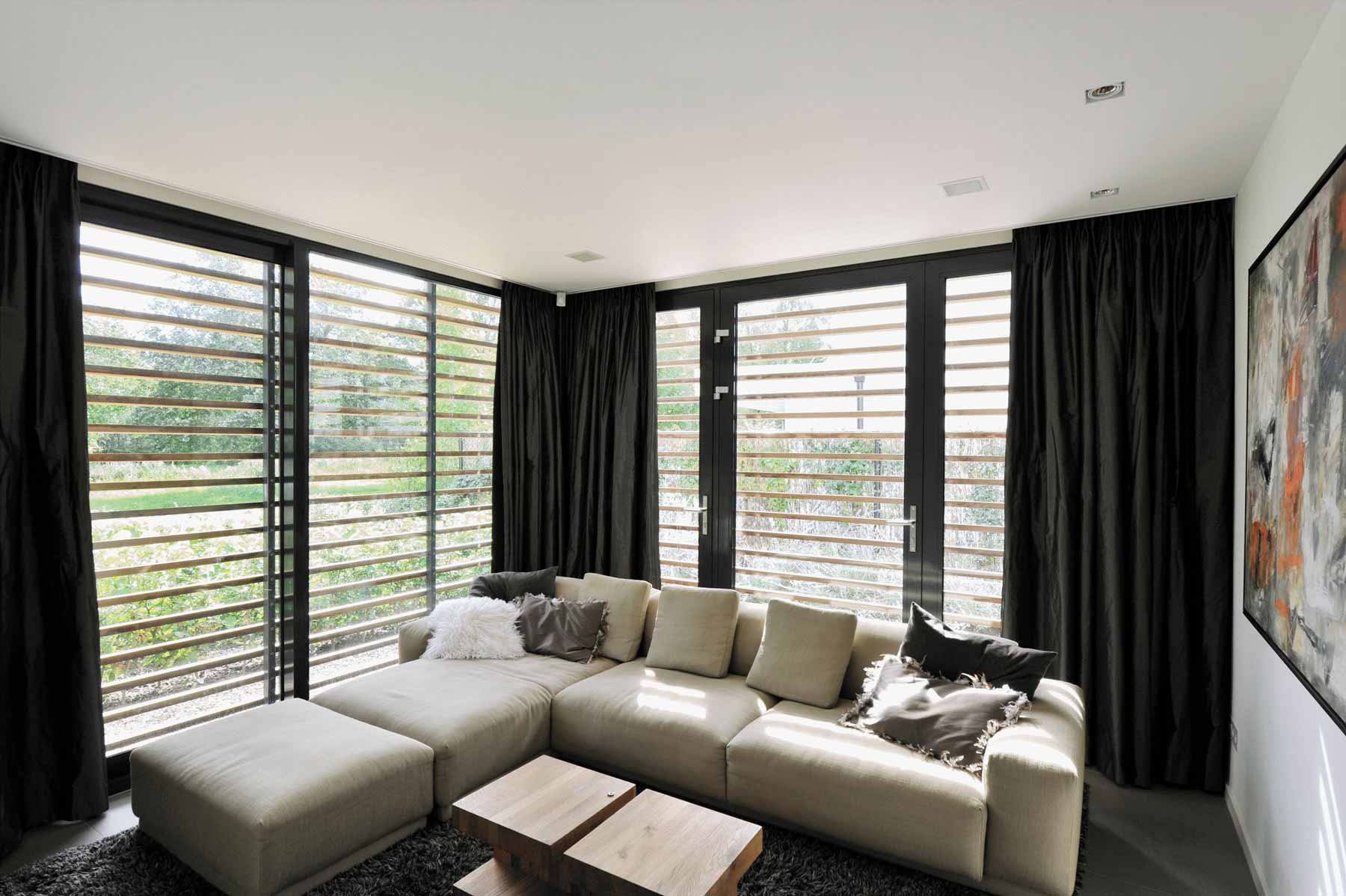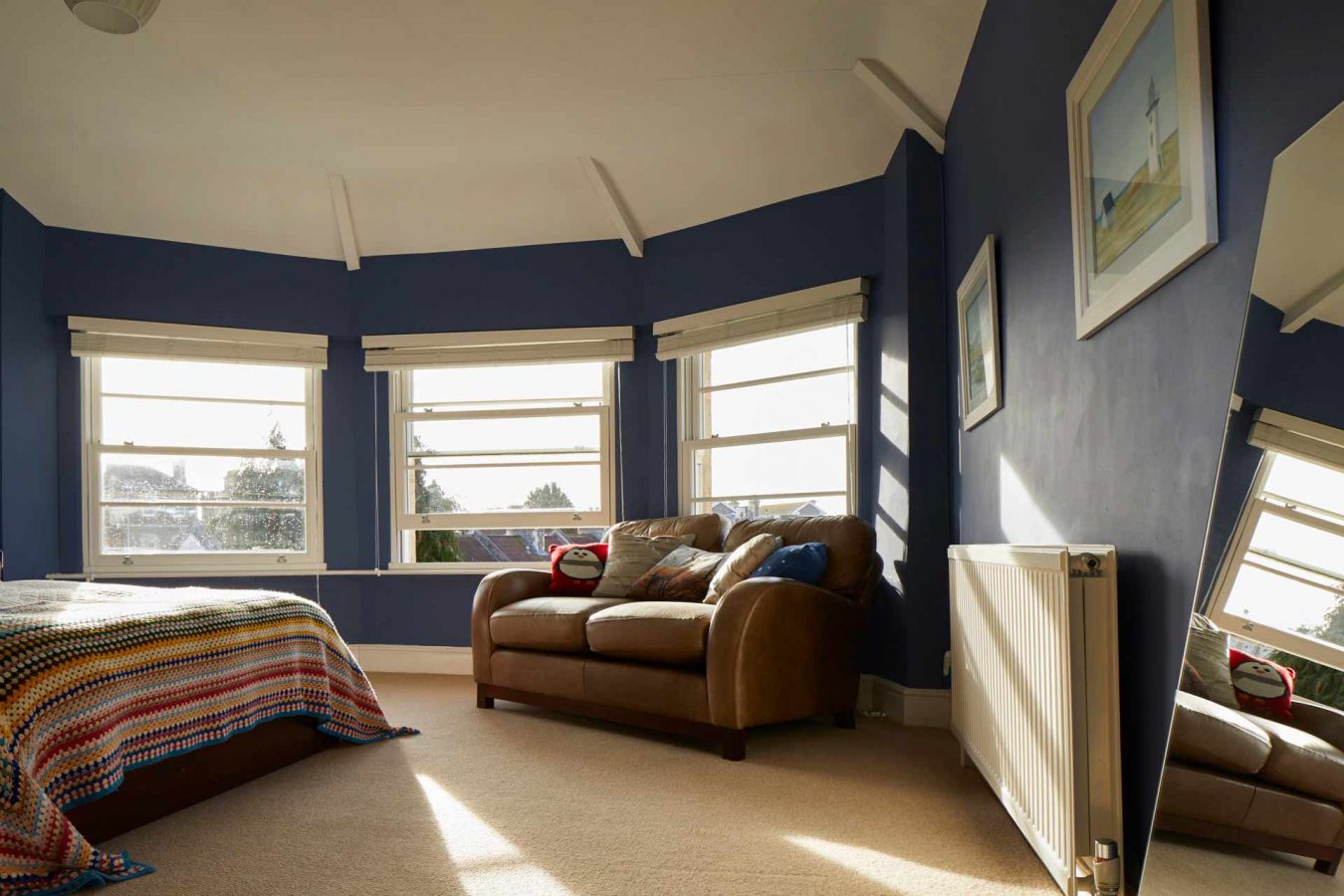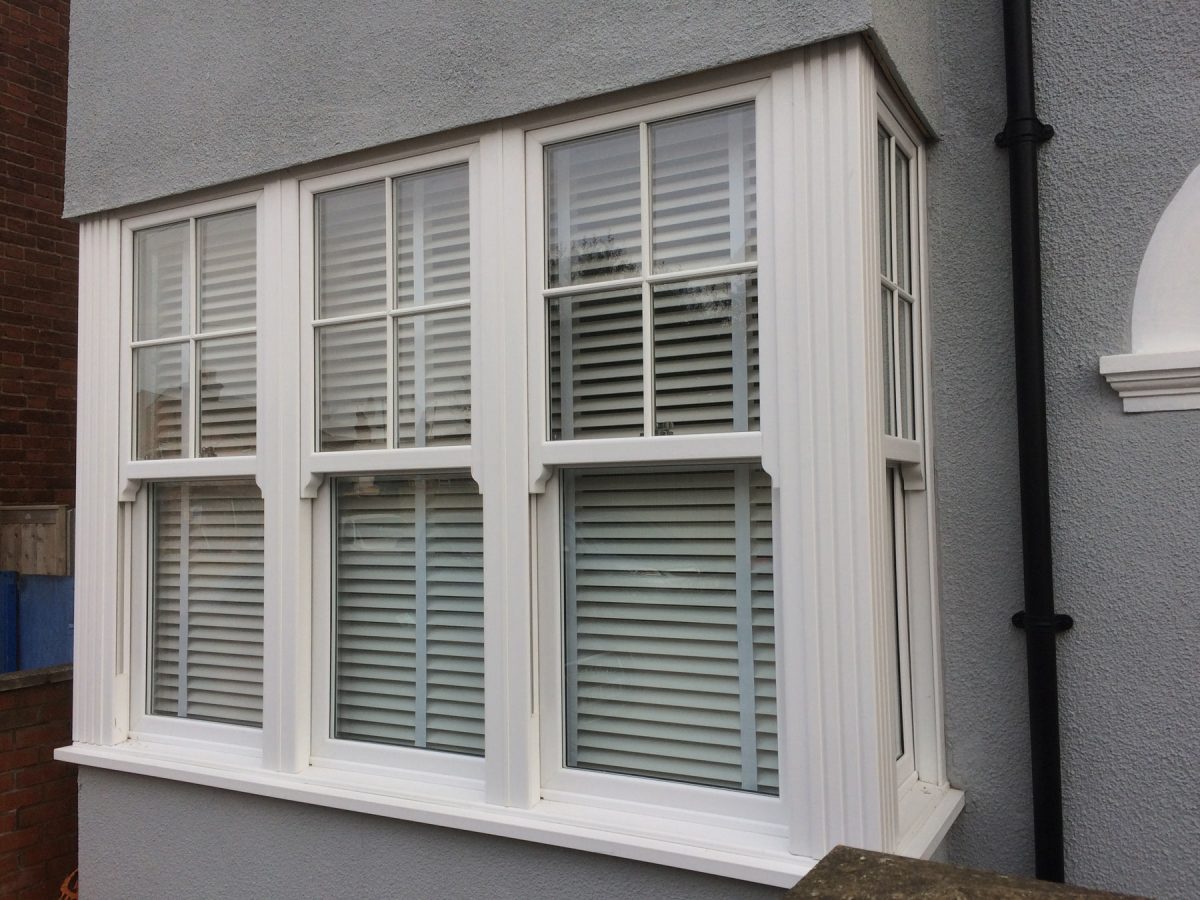Conservatory Planning permission: is it necessary?
It may be a surprise to learn that when you are planning to enhance your house with a stylish new conservatory or orangery, the decision is not entirely up to you. You’ll often need to get planning approval from the local authority and failing to run these checks could be a costly mistake. Applying for planning permission retrospectively is an offence and you may find yourself having to make alterations at your own expense. The local authority has the power to demolish any structure that has been built illegally, so to avoid a potentially expensive error, we recommend to all our clients that they seek any necessary planning permission right at the start of the project.
UK planning permission
In UK law, you need to apply for planning permission when you are building on or changing the use of buildings or land. With the relaxation of planning rules that came into effect on 1 October 2008, adding an orangery or a conservatory to your home is now often considered to fall within the remit of “permitted development”. A single storey extension can also be constructed without planning permission as long as it complies with the following conditions:
- The new conservatory covers no more than half the area of your garden
- Your house has previously been extended
- The highest point or roof ridge of the conservatory is no higher than the roof eaves of your home
- The maximum height of a single storey rear extension is 4 metres, or 3 metres if it lies within 2 metres of the boundary
- A side extension must not extend more than half the current width of the property
- The extension must not sit forward of the principal elevation
- The building materials must be similar
- Where they are within 2 metres of any boundary, the eaves must be no higher than 3 metres and no more than 4 metres in height at the maximum
- Rear extensions must be no more than 4 metres in depth for detached houses or 3 metres in depth for semi-detached or terraced homes
Since 2013, the permitted size of outward extensions for conservatory developments has been doubled, to 8 metres in the case of detached houses or up to 6 metres for other types of house. Rather than having to apply for planning permission, you must take part in a Neighbourhood Consultation Scheme, which will help to ensure that your new orangery or conservatory has no negative impact on your neighbours. For flats, maisonettes and terraced houses, you will still need to apply for planning permission. These new rules will apply up to May 2019 when they are due to be reviewed.
When do you need planning permission?
Conservation areas, listed buildings and restrictive covenants
If you are living in a conservation area or if your house is a listed building, your new conservatory or orangery must be sympathetically designed to fit in with the existing building.
There are some additional restrictions on properties within national parks, conservation areas and designated AONB locations, (Areas of Outstanding Natural Beauty), which will be subject to Article 4 Directions. These regulations limit the alterations to the exterior of your house that can be made without getting prior planning permission.
These rulings will also apply if your property has a restrictive covenant. This is a legal agreement outlined in the deeds of your house, restricting the ways in which your land can be developed and used.
This does not necessarily mean that you always need to apply for planning permission in these circumstances, as permitted development rules still apply to these types of property. As long as a conservatory is sympathetically designed to fit in with the aesthetic of the main building, it will usually be allowed. Glazing, frames and exterior finishes must all complement the architectural style of your home.
In this case, it’s best to choose a company with plenty of experience in applying for planning permission and gaining approval for conservatories in conservation areas.
When you’re planning a new conservatory or orangery, the thought of having to apply for planning permission can be a bit daunting. At Bergson & Eaton, we are there to help and advise you right from the start of your project and have many years’ experience in designing, manufacturing and installing high-quality conservatories that complement any style of architecture perfectly. If planning permission should be required, we can submit the paperwork on your behalf and ensure that the process goes smoothly from start to finish.
Book a Remote Quote
In response to Covid-19 and the governments guidelines, Bergson & Eaton now offer remote quotes.
Find Out More






